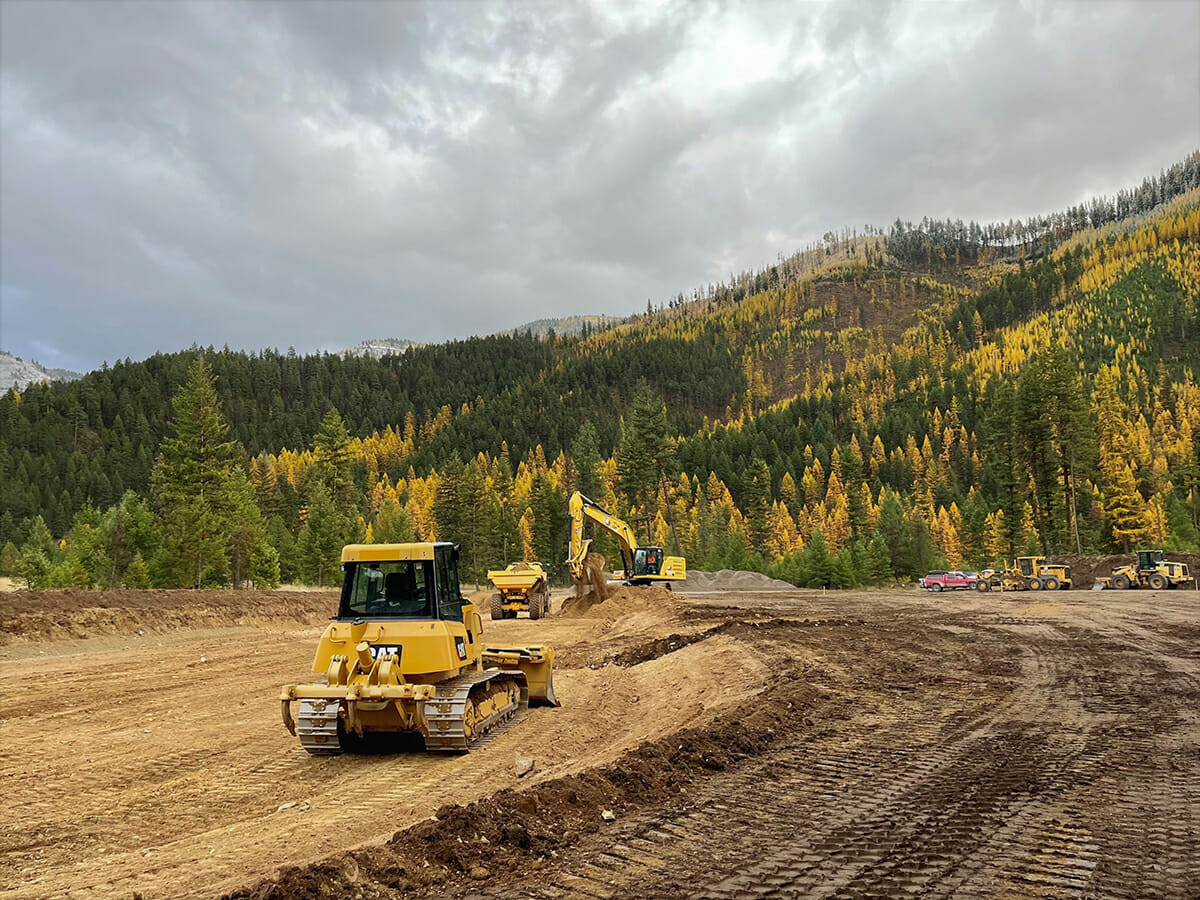Here’s a case study for why we need a new approach to abandoned mine cleanups
The stamping mill from the old mine is a concrete ruin four miles up a dirt road from the town of Superior, Mont., population 800, in the Bitterroot Range. It’s astride a tributary that you could hop across, Flat Creek, which runs down the gulch out of the Lolo National Forest, off the mountain, into and underneath the town, and eventually into the Clark Fork River.
In the heyday of the Iron Mountain Mine, hardrock was crushed in the stamping mill, then deposited behind timber crib dams along the stream, where minerals—lead, zinc, silver, copper—were liberated from the ore with leachates such as mercury or cyanide, leaving behind toxic tailings that were dumped elsewhere in the area, or were deposited down the watershed by floodwaters, or trucked into town for fill. The high school track was built with the mine’s tailings.
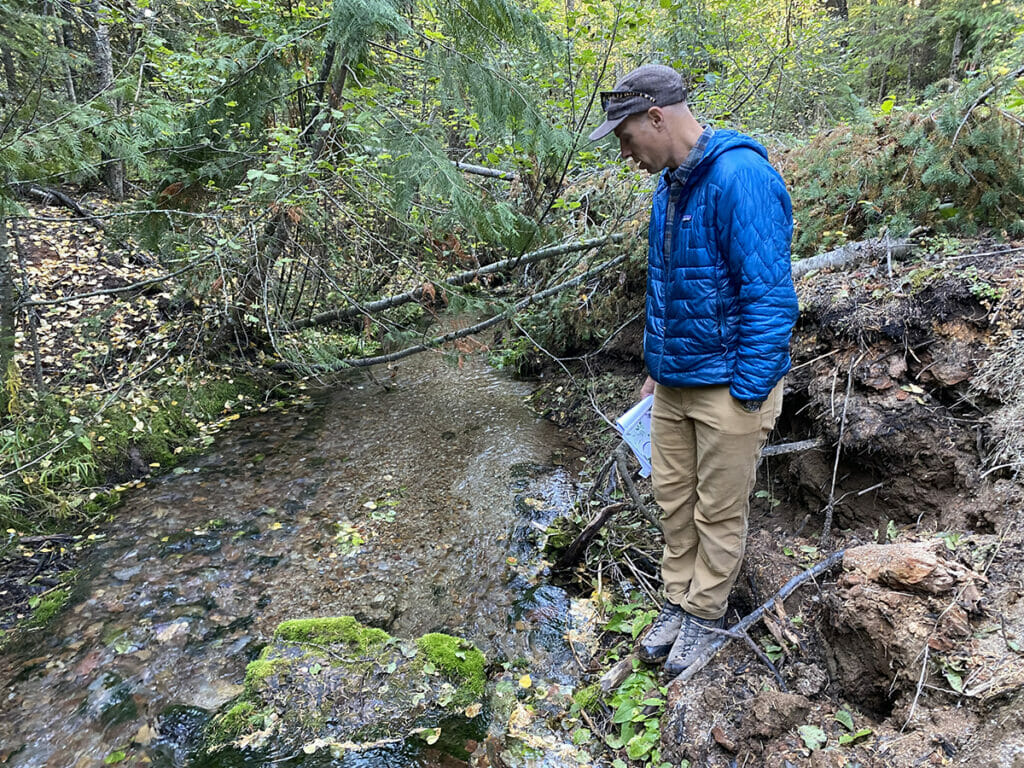
In 2009, the watershed and the town of Superior itself made the Superfund list in a settlement with the owner, the mining company ASARCO. The EPA oversaw cleanup of the town and parts of the watershed, but as is the case with projects like these, money ran out before the work was complete.
Restoring abandoned mines, fixing wild trout habitat
Now, Trout Unlimited is working with the Forest Service to finish the job. It’s a $1.3 million project that is getting off the ground two years later than anticipated, and will cost half a million dollars more than initial projections, as a result of potential liability hurdles that delayed the start date. In that way, Flat Creek is a case study for why Congress needs to pass long-pending “Good Samaritan” legislation to clear the way for abandoned mine cleanups.
“It’s just a slow, slow, slow process. That’s what’s so frustrating for the community,” said Paul Parson, Trout Unlimited’s Middle Clark Fork Restoration Coordinator, who is overseeing the cleanup. Parson, who grew up on the Flathead Reservation north of Missoula in the town of Arlee, first surveyed the site a decade ago, before he came to work at TU. “We’re fortunate to be able to move forward with Flat Creek, but elsewhere liability hurdles prevent projects from getting off the ground altogether.”
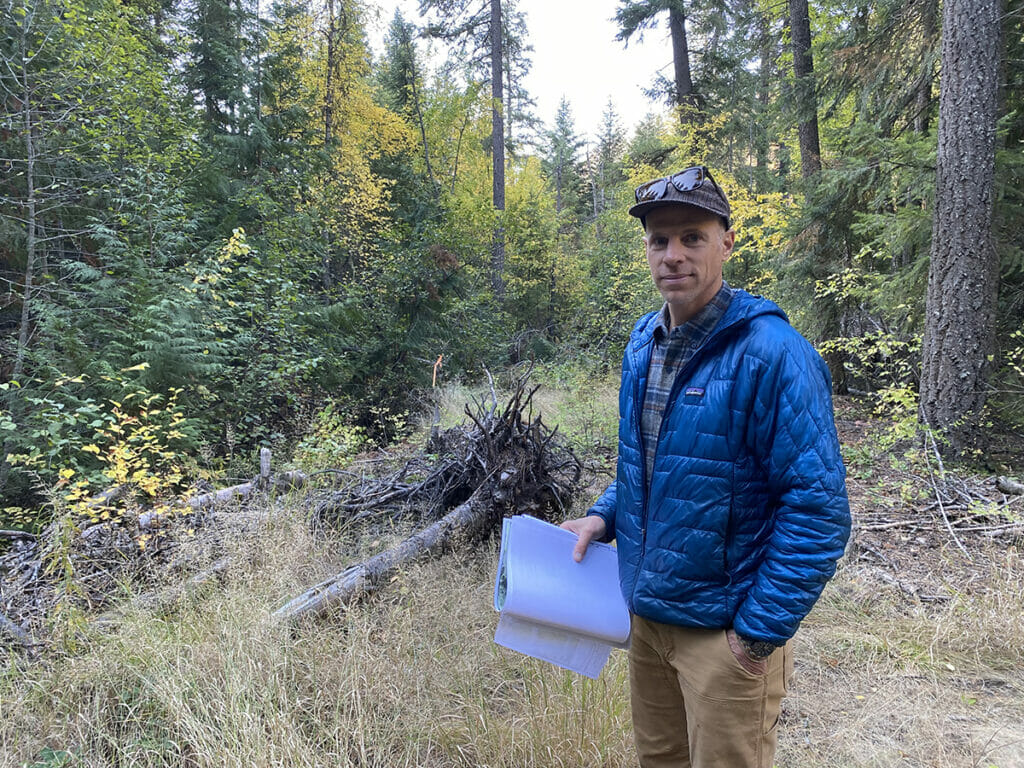
Along the creek, eroding red mine tailings are laced with lead, zinc, arsenic and antimony. “The town knows it’s bad. Weeds won’t even grow in the stuff,” he said. Parson takes care to keep his dog off the exposed creek-side tailings when he’s walking the project site.
The restoration economy at work in Bitterroot trout country
TU is working with a Superior contractor, Haskins Excavating, to remove up to six feet of toxic tailings—about 1,500 dump trucks worth—seal them in a repository, and restore the creek and its floodplain.
The work will remove an ongoing threat to the health of the Superior community, clean up pollution of Flat Creek and the Clark Fork downstream, and restore a creek that harbors a genetically pure strain of Westslope cutthroat trout upstream of the project site. It is the latest of eight projects over the past five years on the Lolo National Forest.
Support for the project is coming from the forest, the Mineral County Conservation District, and the Montana departments of Natural Resources & Conservation and Environmental Quality.
Hiring a local crew is a boon to a town that had been struggling long before the last of the big timber mills shut its doors last year, Parsons said.
“You take a project like this, which has $1.3 million to $1.5 million coming into the community—if we had brought in a bigger, out-of-state contractor, that would just be money leaving the community,” he said.
The contractor, Darin Haskins, grew up in Superior. His father worked in a local mill before it closed.
“Fishing is excellent here. But there’s not a lot of jobs—no industry,” he said.
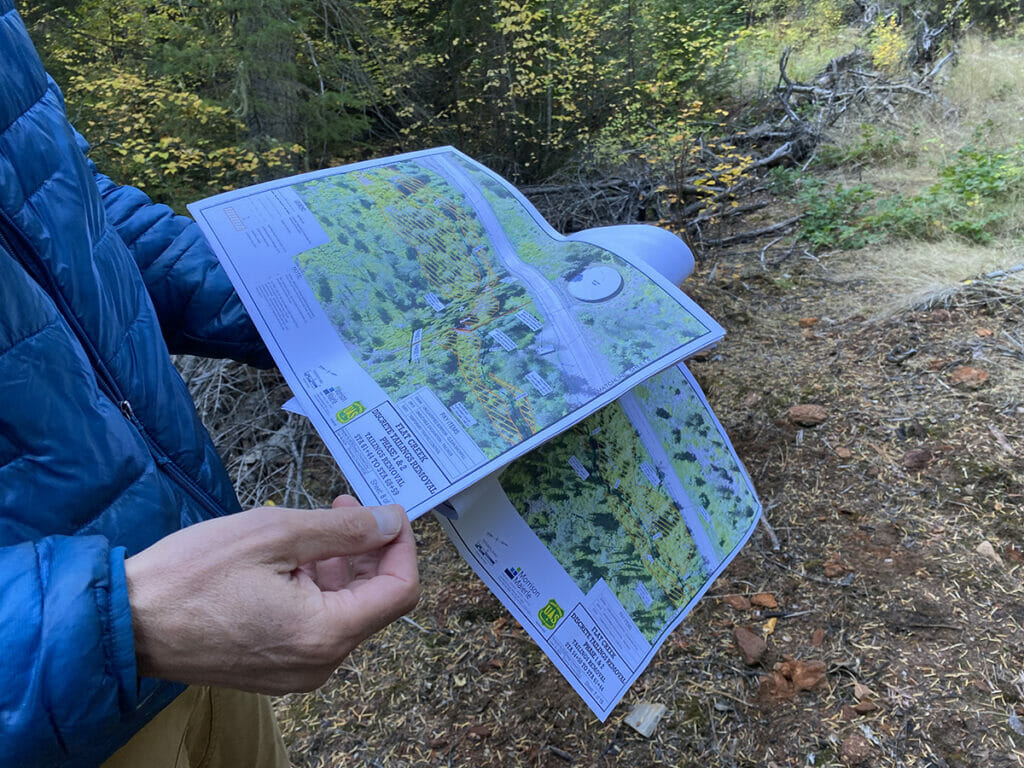
Four local workers are on the Flat Creek job, which is just the latest in a series of projects Haskins has done with Trout Unlimited, including a project to install log jams on Sheep Creek, a Grand Ronde tributary in Oregon. His work restoring Cedar Creek, a Clark Fork tributary, merited a Forest Service award and a trip to Washington, D.C.
“They are the best stream builders we have,” Parsons said of Haskins and his crew, who grew up in the woods logging. “He’s going to build it right because he cares. When we’re done with the cleanup, we’ll create some good, shaded long-term habitat.”
Congress needs to stand up for clean water and healthy wild trout
Across the Western U.S., tens of thousands of abandoned hardrock mines are polluting the environment, the owners unknown, out of business, or deceased. The EPA estimates that 40 percent of Western headwaters are degraded by mine drainage. The scope of the problem is too broad for government to tackle alone.
Trout Unlimited restoration teams have become experts at cleaning up abandoned mines, but in many places, we—like other watershed groups and state and local governments—are hamstrung by potential liabilities and unattainable cleanup standards. The Clean Water Act has done so much to improve our rivers and streams, but under the law, “Good Samaritans” who want to clean up abandoned mine drainage—pollution they had nothing to do with creating—are treated the same as the polluters who created the problems in the first place.
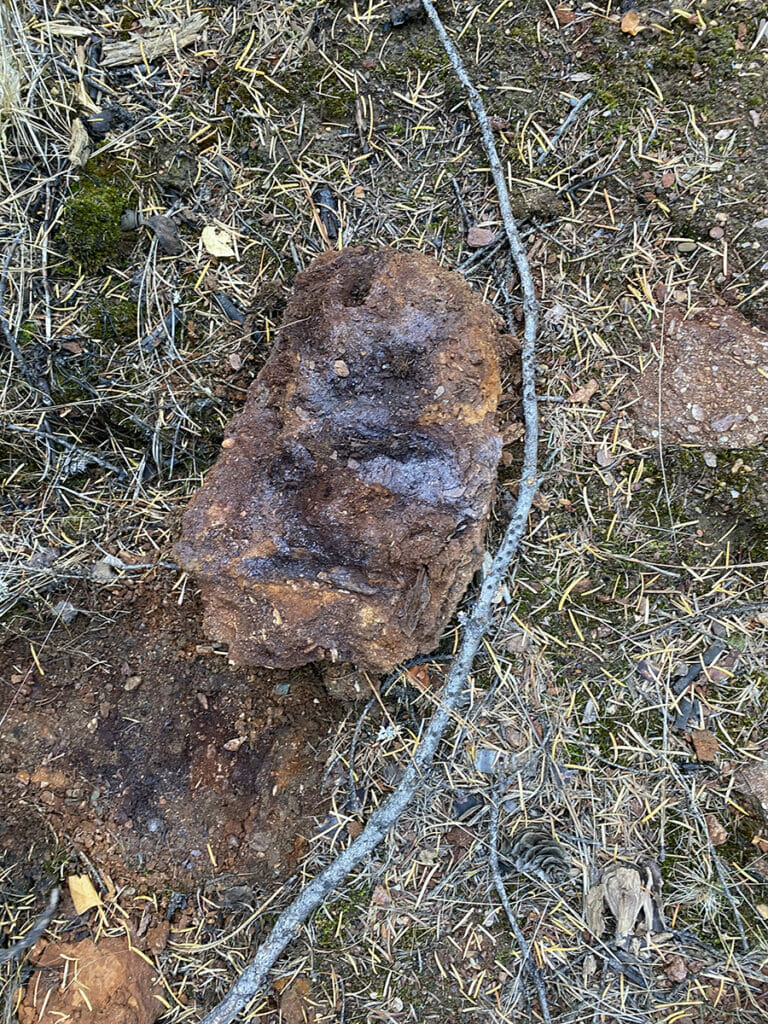
As a result, restoration work that could improve water quality has been shelved while projects like Flat Creek suffer from long, complicated, and expensive permitting processes, even when the project itself is straightforward.
Last year, bipartisan legislation to address that issue received a hearing in Congress, raising awareness about the issue and setting the stage for the next Congress to finally tackle it.
The bill would establish a new pilot program offering Good Samaritans limited liability protections for a small number of low-risk projects. Until then, tackling problems like Flat Creek in Montana will continue to be an onerous and costly process.
“Cleaning up abandoned mine pollution is a huge win-win for rural communities and fish and wildlife,” Parson said. “With Good Samaritan protections, organizations like ours could do so much more. All we need is a little help from Congress.”



